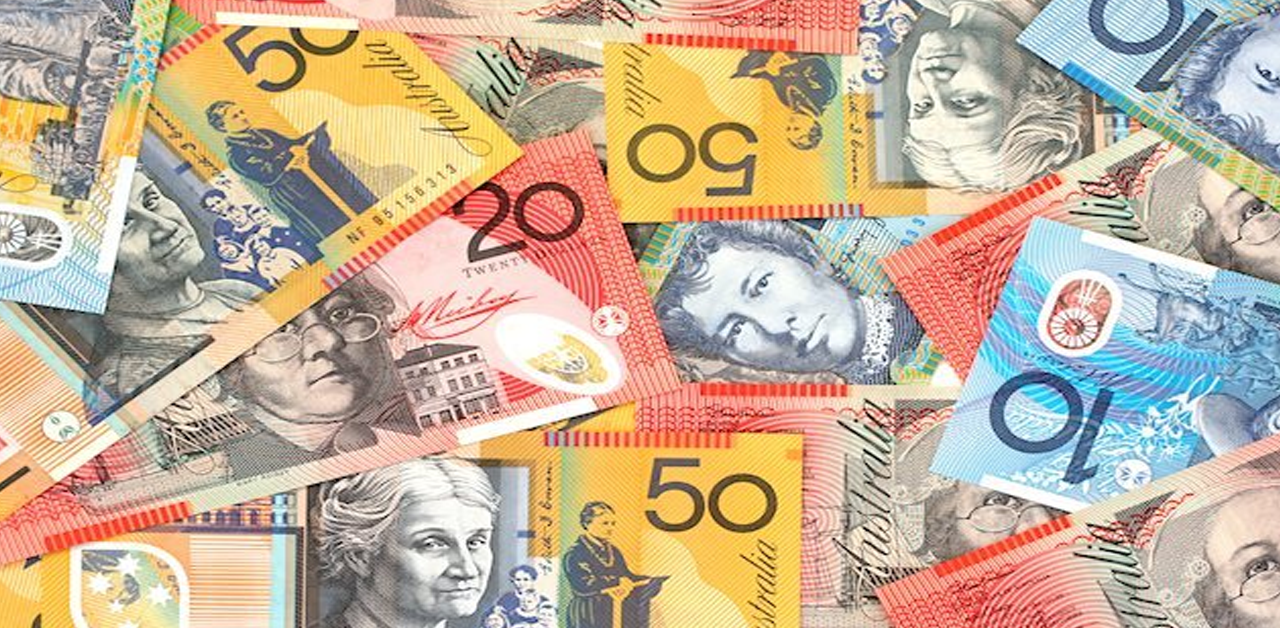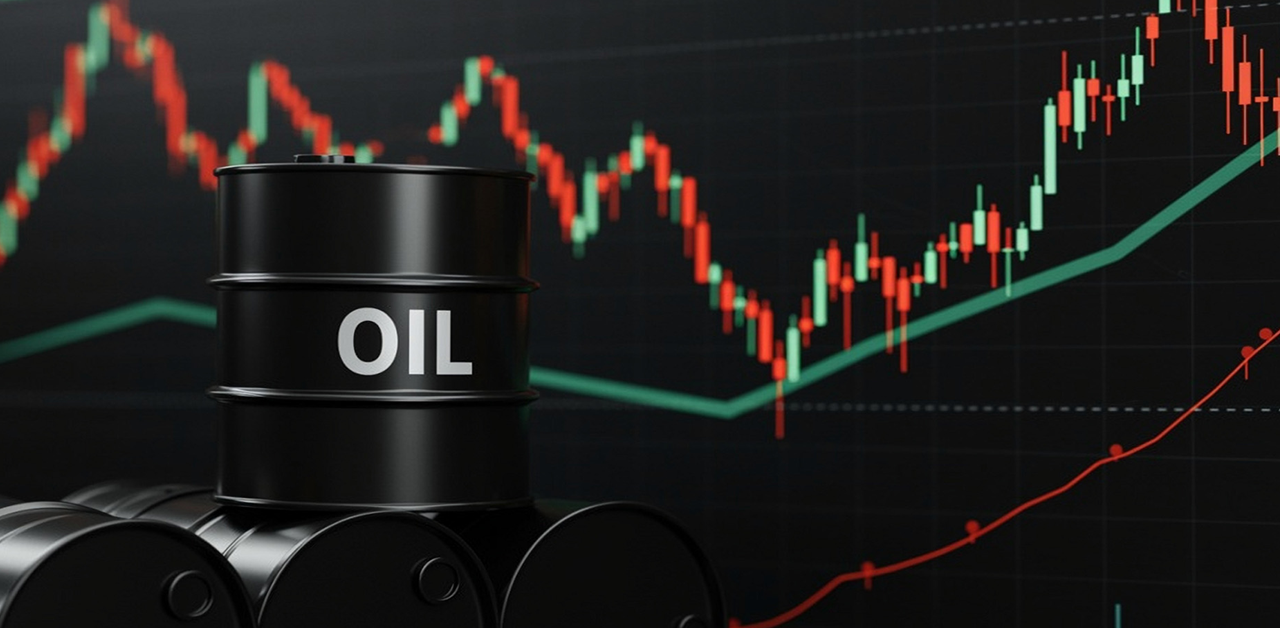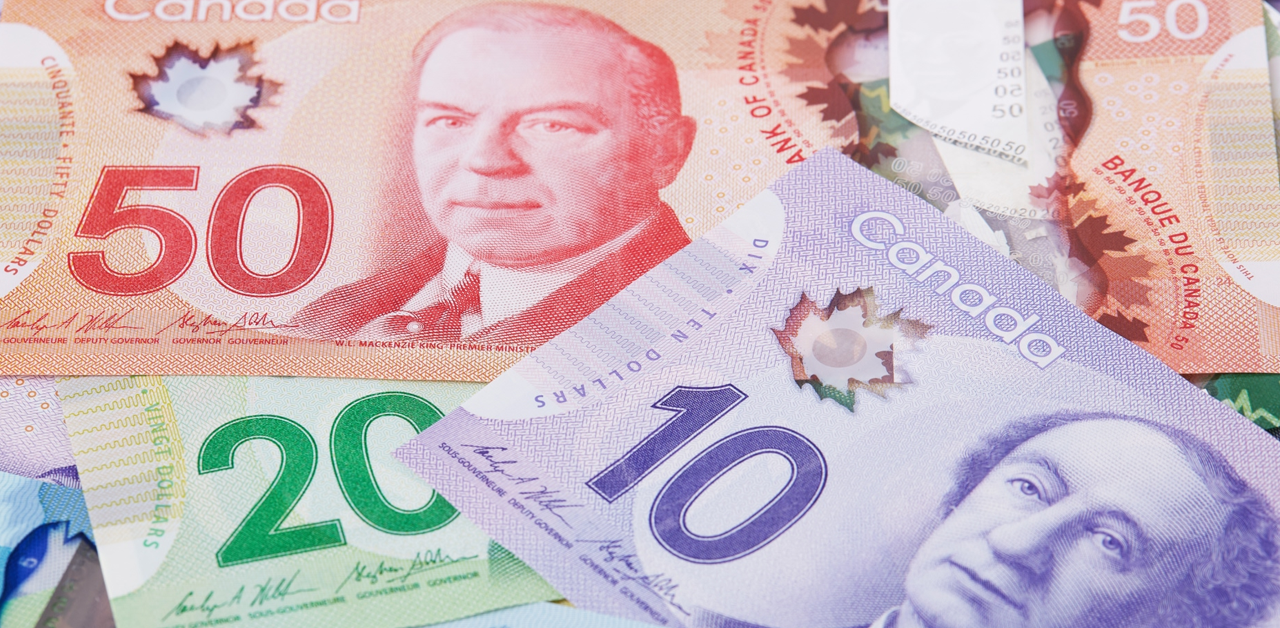Australian and New Zealand Currencies Endure a Tough Week as Rate Hike Expectations Offer Minimal Relief
Throughout the week, the Australian and New Zealand dollars have been on a downward trajectory, marking their fifth consecutive session of losses on Friday. The downtrend has been exacerbated by a surge in U.S. Treasury yields, which has put pressure on domestic bond markets and dampened global risk sentiment.
The Reserve Bank of Australia (RBA) presented a policy outlook that could be perceived as hawkish, but it did little to boost the Australian dollar. Investors remain skeptical, assigning a minimal probability to the likelihood of an interest rate hike before February at the earliest. As a result, the Australian dollar weakened to a level of $0.6363, a 2.4% decrease within the week. This decline has nearly erased the gains from the previous week, when the U.S. dollar was the one facing pressure, and it brought the Australian dollar precariously close to the support level of $0.6350.
Similarly, the New Zealand dollar experienced a 1.8% drop over the week, reaching $0.5893, inching towards its support level at $0.5860.
The U.S. dollar, on the other hand, saw an uplift, thanks to a cautionary note on rates from the Federal Reserve’s leadership, accompanied by a disappointing 30-year U.S. bond auction that propelled Treasury yields to rise significantly.
The RBA also revised its forecasts upward for consumer prices and economic growth over the next two years, indicating caution over the inflationary pressures. Despite these revisions, futures markets are pricing in just an 8% chance of a rate hike in December, even after a recent increase brought rates to a 12-year peak of 4.35%. The likelihood of a hike increases to nearly 50% for the policy meeting scheduled in February.
Analysts, including Barclays economist Rahul Bajoria, highlight that the RBA’s projections show inflation rates hovering close to 4% even until mid-2024, which may necessitate prolonged higher cash rates. Barclays predicts that policy easing may not be seen until the latter part of the following year, with market expectations almost entirely discounting rate cuts for 2024.
Gareth Aird, the head of Australian economics at the Commonwealth Bank of Australia (CBA), points out that the risk balance leans towards a higher terminal cash rate than the current 4.35%. He suggests that a surprise uptick in the fourth quarter’s consumer price index (CPI) could prompt the RBA to consider additional rate hikes.
The RBA itself forecasts an increase in consumer prices and core inflation by approximately 1.0% this quarter. Looking ahead, Aird anticipates that inflation will decelerate sufficiently to allow the RBA to slash rates by 75 basis points towards the end of 2024, with further reductions to 2.85% by mid-2025. This outlook presumes a scenario where economic conditions permit the central bank to shift to a more accommodative policy stance to foster growth.











